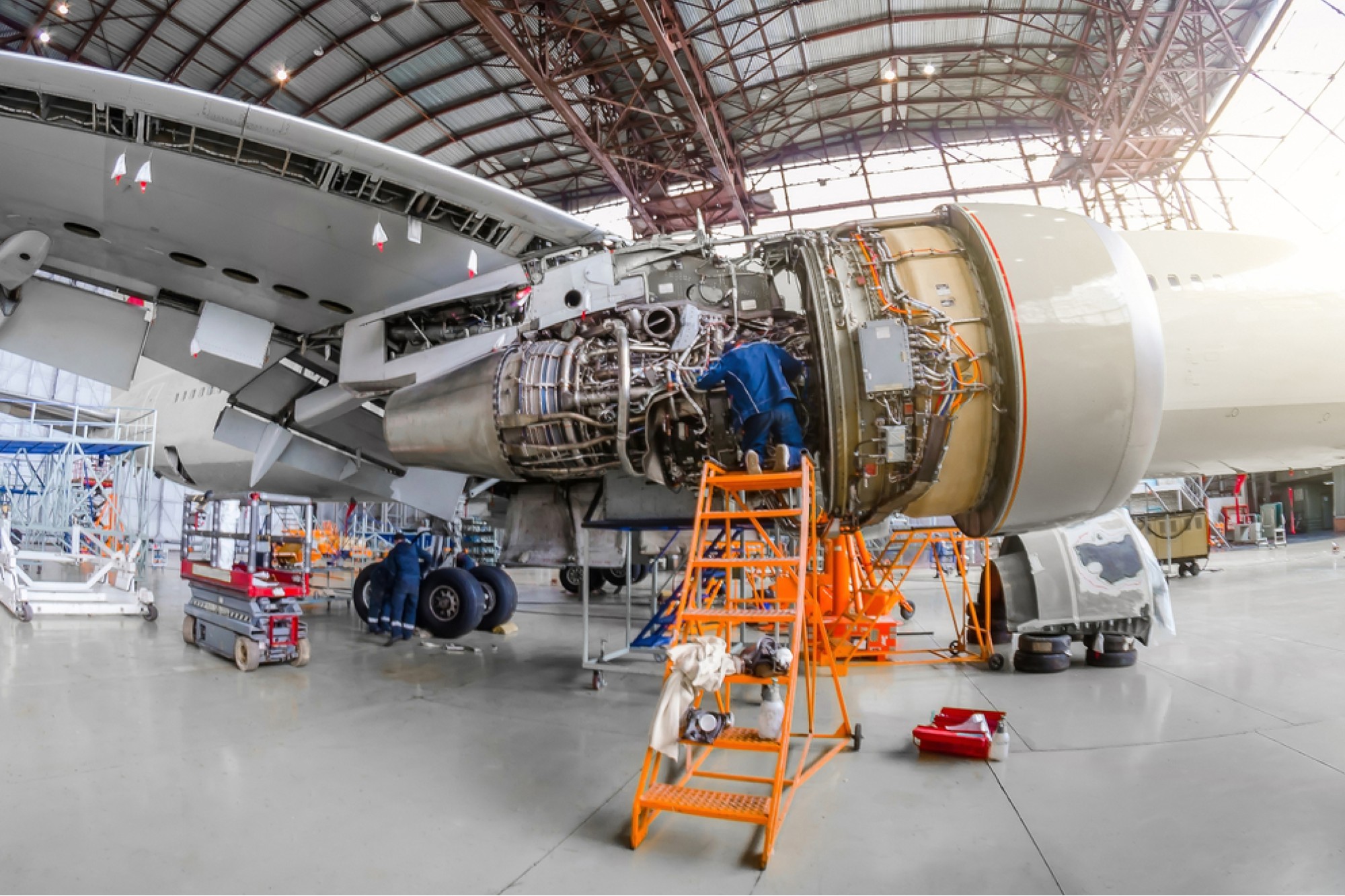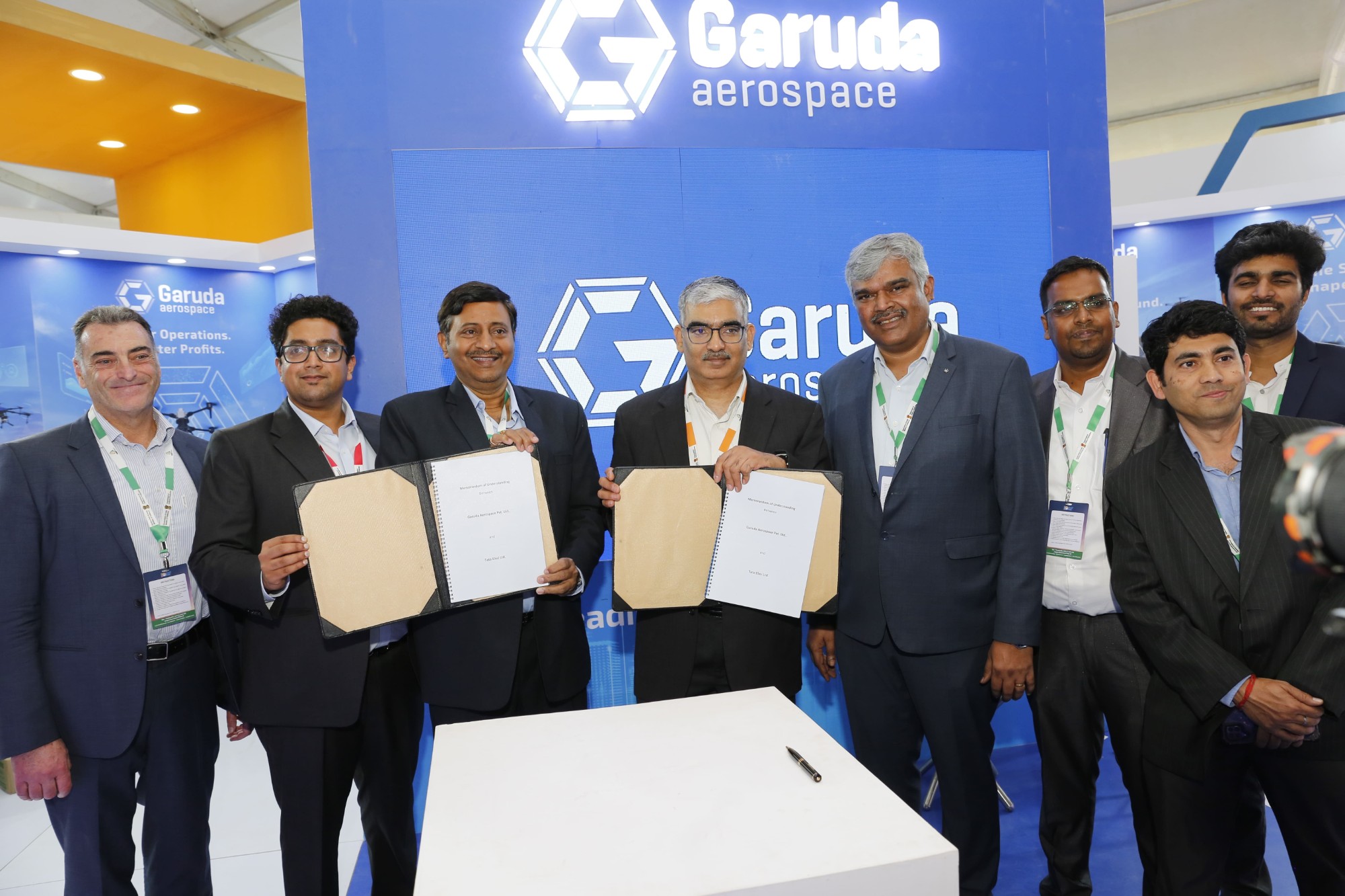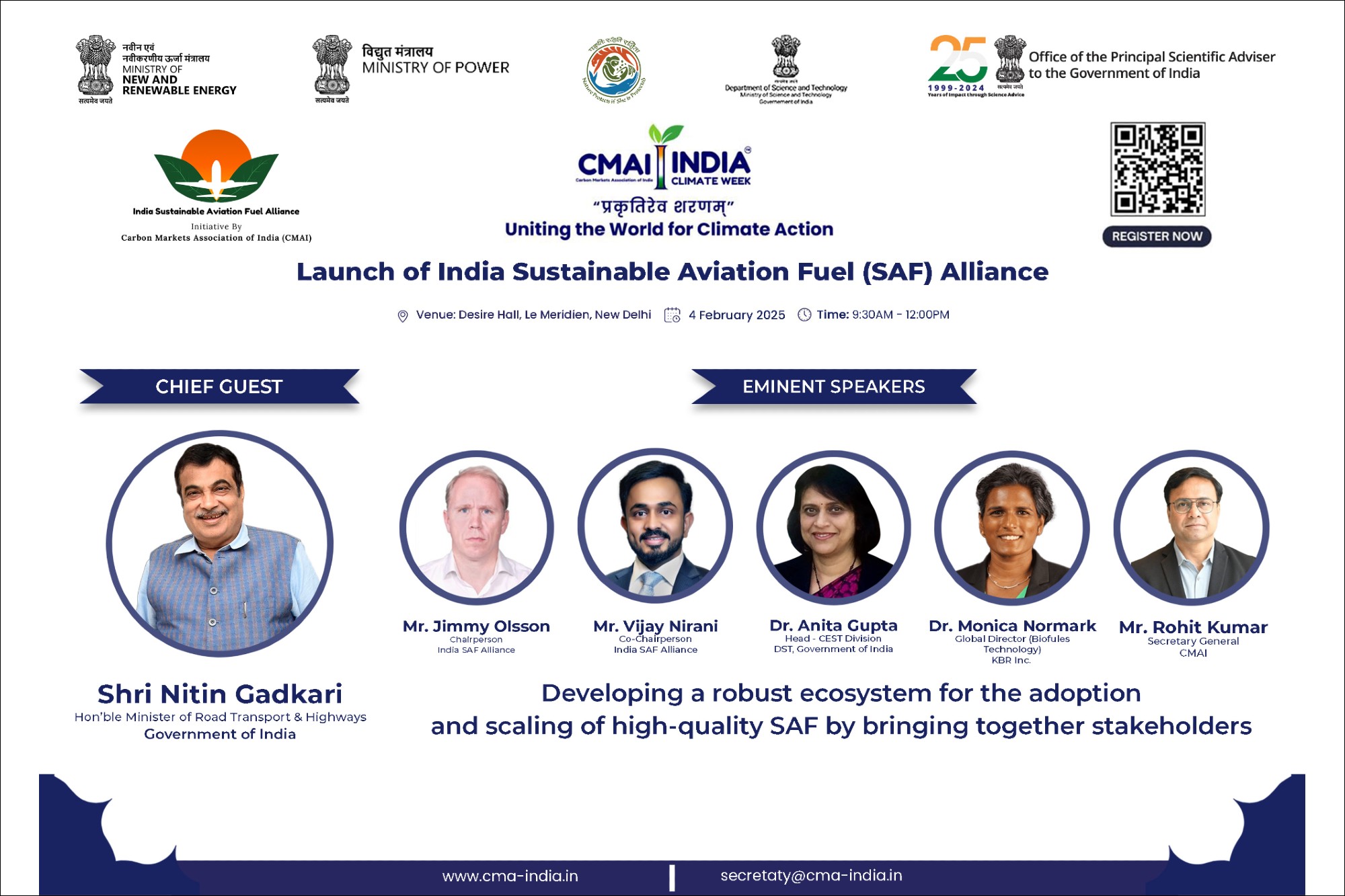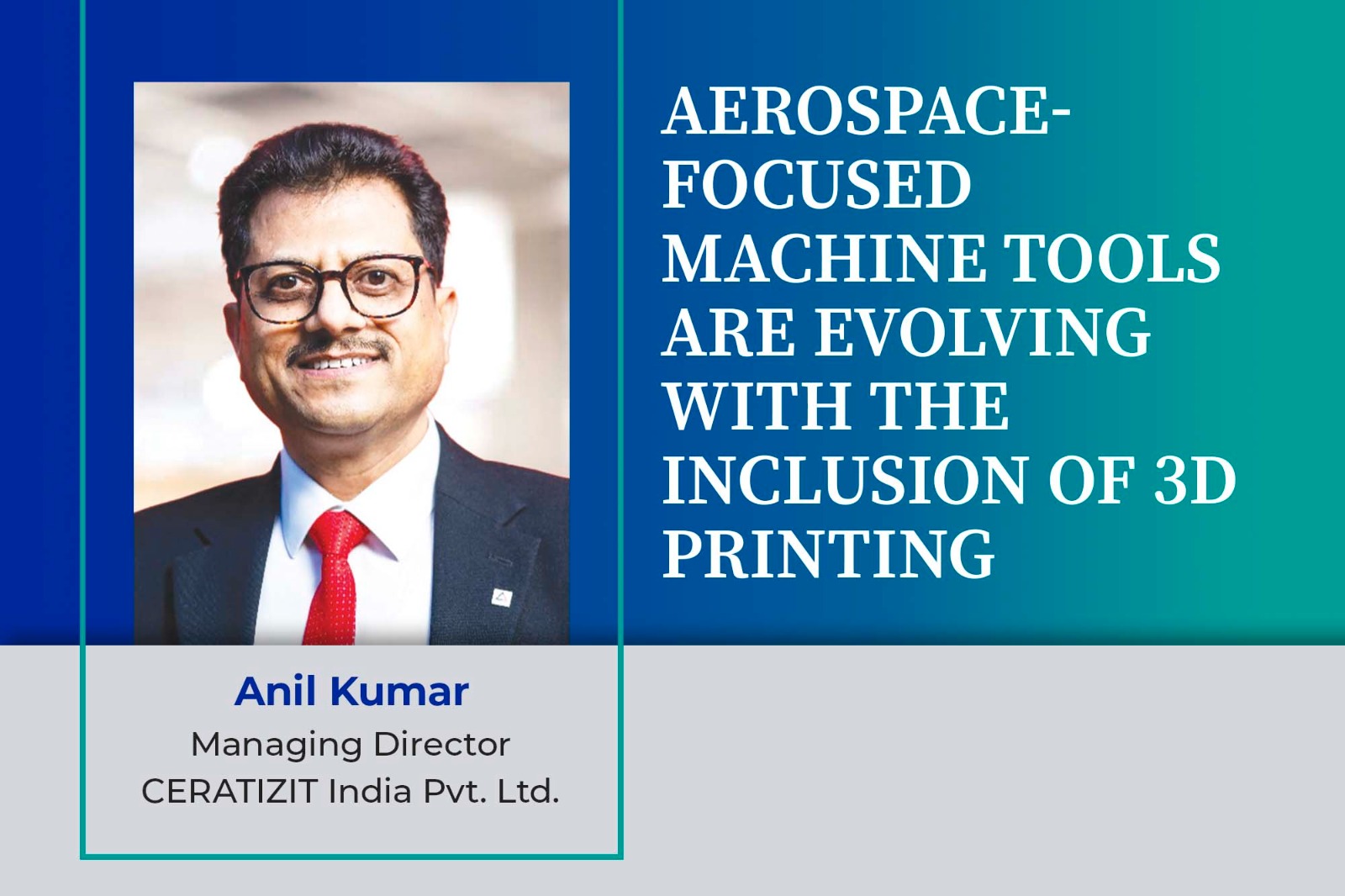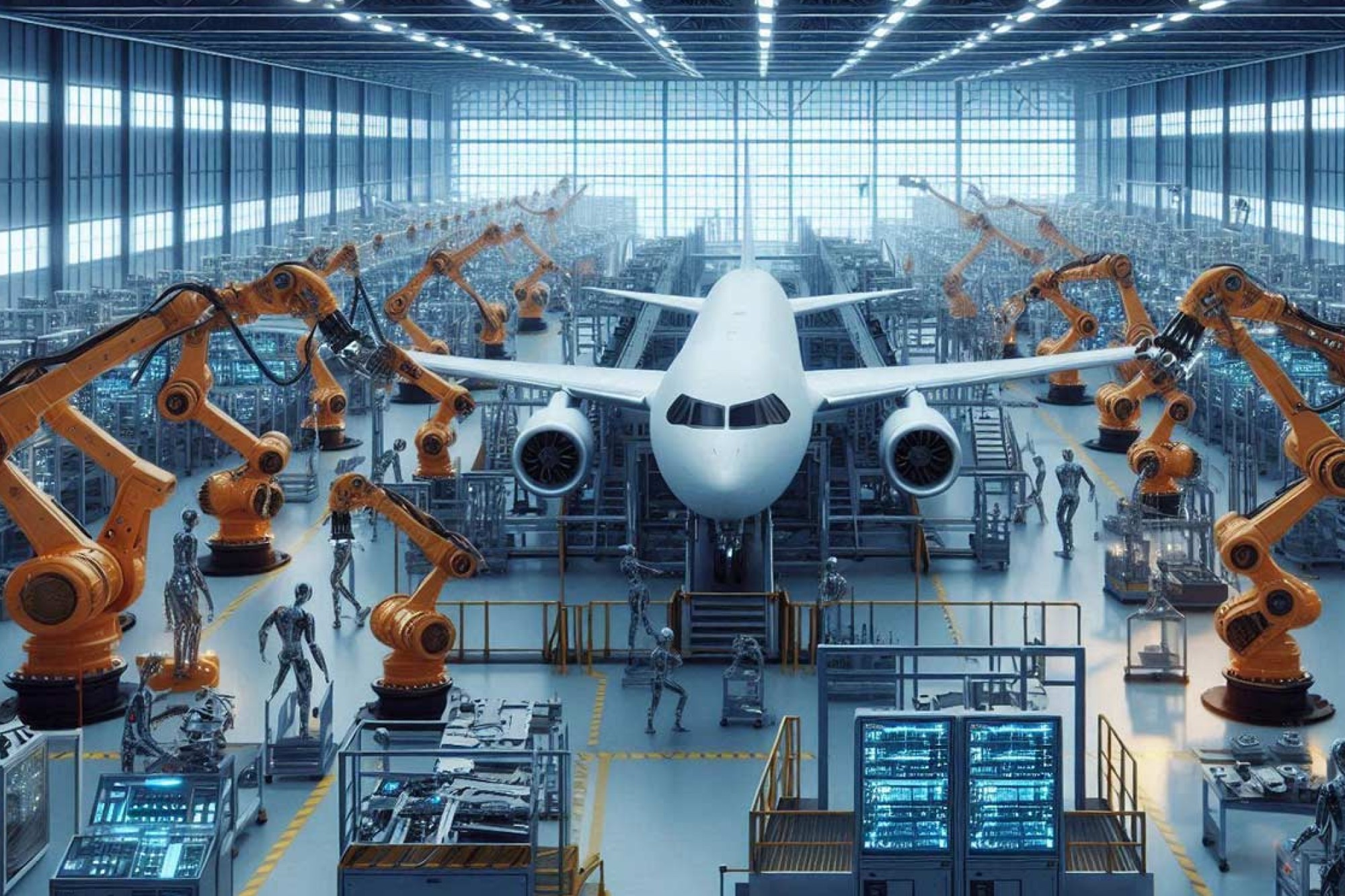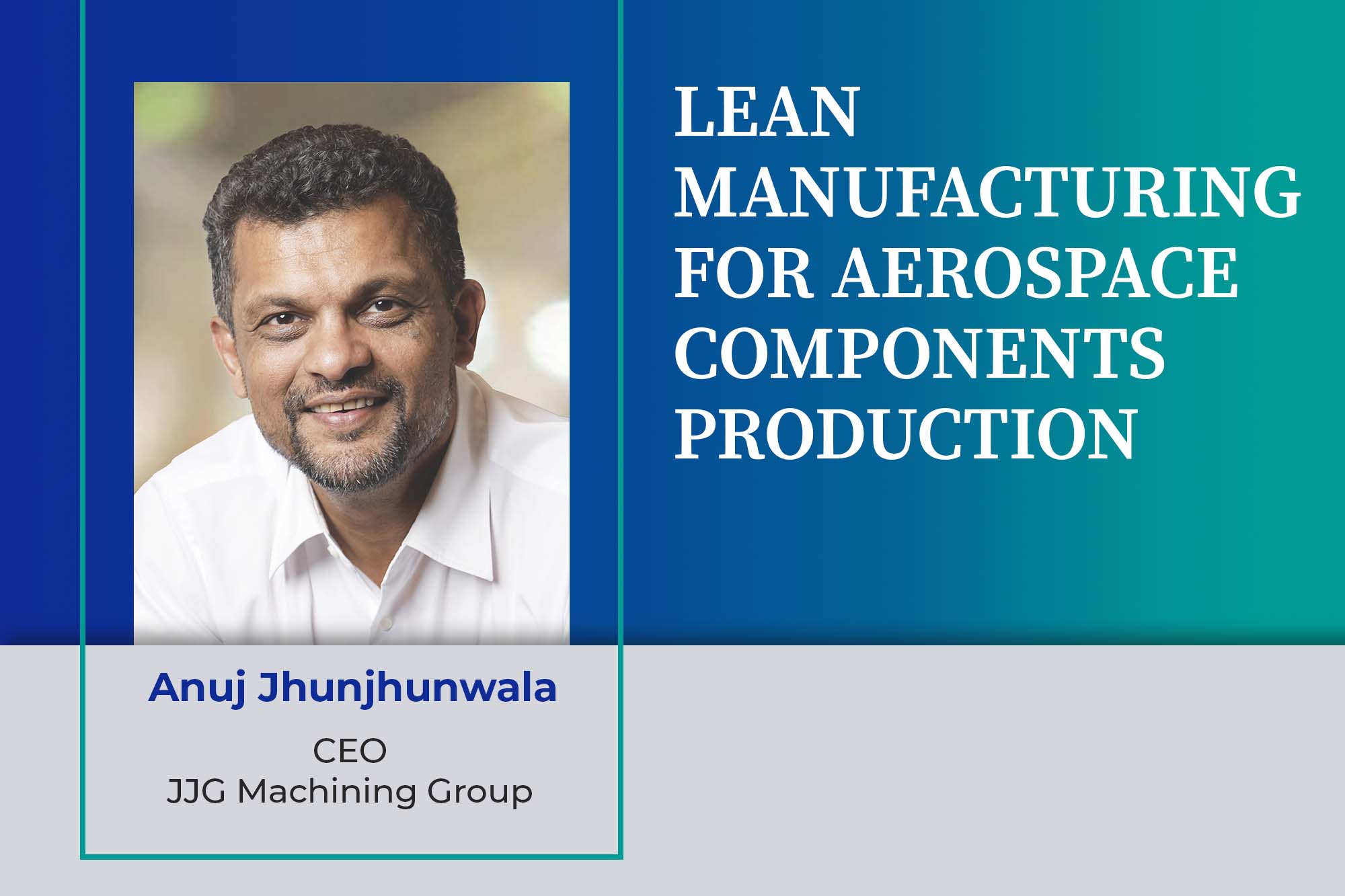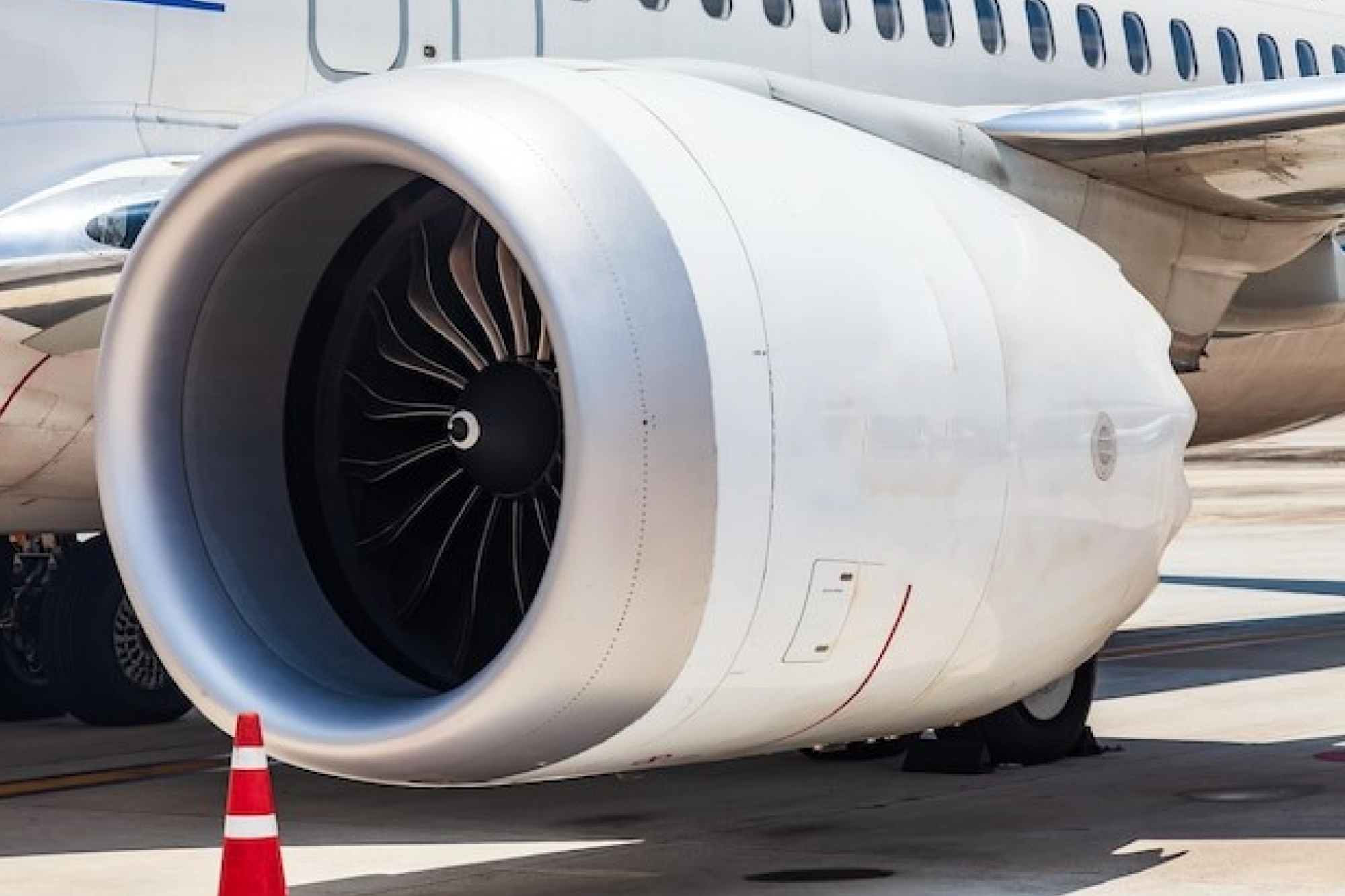Aerospace advancing through indigenous production and expertise
By OEM Update Editorial September 1, 2023 11:32 am IST
Subbu Venkatachalam, Head of Marketing, Carborundum Universal Limited, asserts that the ‘Make in India’ initiative has propelled India’s aerospace and defence sector leading to decreased reliance on defence imports, positioning India as an active contributor on the global stage while brisking its position as a hub for indigenous production and innovation.
How is CUMI’s integration of cutting-edge materials and technologies contributing to the transformation of the aerospace and defence sector?
The aerospace and defence sector is significantly transforming due to advancements in material science, nanotechnology, and engineering methods. These breakthroughs are causing a revolution in various aspects, such as personal protection gear, safeguarding vehicles, unmanned aerial vehicles (UAVs), and missile systems. This, in turn, is leading to improvements in overall performance, longevity, and strategic capabilities.
CUMI is at the forefront of this transformation, offering comprehensive solutions that integrate cutting-edge materials and technologies. This contribution is instrumental in the development of more efficient defence solutions that effectively tackle the evolving challenges posed by modern warfare:
Advanced Ceramics: CUMI’s exceptional ultra-fine silicon carbide powders and lightweight ceramics redefine personal armour and vehicle protection. These innovations adhere to stringent global standards such as the NIJ ‘Level IV’ and provide ballistic solutions for armoured vehicles, achieved through hybrid composites and ceramic tiles.
Composite materials for UAVs: CUMI’s Carbon Fibre Reinforced Polymers are enhancing the structural integrity of UAV airframes, consequently elevating flight performance, operational range, and payload capacity. Moreover, the incorporation of graphene-reinforced CFRP components has the potential to transform the construction of structural elements in drones completely.
Refractories for harsh environments: CUMI supplies aerospace components with refractory solutions that ensure consistent and reliable performance, even when exposed to extreme temperatures. This includes applications in investment casting and thermal protection shields.
Innovative material offerings: CUMI Minerals actively produces high-performance minerals like alumina, silicon carbide, and graphene-infused solutions. These materials significantly enhance the robustness and efficiency of defence equipment.
Precision manufacturing: CUMI’s expertise in bonded and super abrasives, precision machining, and advanced synthetic metalworking fluids is pivotal in optimising manufacturing processes and enhancing overall efficiency.
In conclusion, CUMI’s diverse suite of solutions effectively leverages these innovations to create more potent defence strategies capable of addressing modern warfare’s complex and evolving landscape.
What primary factors are contributing to the growth of drones in India’s aerospace and defence capabilities?
The rising popularity of drones within aerospace and defence capabilities has been driven by strategic policies, technological advancements, and changing operational requirements. The ‘Make in India’ initiative has encouraged domestic production, facilitated partnerships, and strengthened self-sufficiency in the aerospace and defence sectors. The Ministry of Civil Aviation (MoCA) has introduced updated drone regulations, simplifying UAV operations by establishing clear frameworks.
Drones showcase remarkable operational adaptability, fulfilling various roles ranging from surveillance to precise military actions. They are crucial in enhancing border security along India’s borders, providing aerial coverage over difficult terrains and remote regions. Technological progress in drone capabilities, such as extended flight times, improved payload capacities, and advanced sensors, amplify their contributions to defence efforts. This, in turn, enables the execution of intricate missions and reinforces strategic defence operations.
The emphasis on promoting self-reliance and diminishing dependence on imports aligns with India’s pursuit of achieving strategic independence in defence matters. The nation will strengthen its defence preparedness by fostering the growth and production of domestic drones. This approach will allow India to respond effectively to emerging threats, adjust to evolving operational requirements, and maintain substantial control over its defence capabilities.
The impact of the ‘Make in India’ campaign on India’s aerospace and defence sector has been profound, ushering in a transformative era marked by self-reliance and domestic manufacturing. The Ministry of Defense is diligently steering modernisation by phasing out outdated equipment. This is evident through adopting long-term perspective plans, capability roadmaps, and strategies for capital acquisition. Notably, the Indian aerospace and defence industry, valued at approximately US$ 9.7 billion (Rs. 80,000 crores) in the fiscal year 2019-20, has received a significant boost from the growing involvement of the private sector, contributing around US$ 2.05 billion (Rs. 17,000 crores).
The vision of ‘Make in India’ has materialised through establishing two defence corridors in Uttar Pradesh and Tamil Nadu. These corridors have strengthened domestic manufacturing capabilities and promoted collaborative endeavours across different branches of the armed forces.
The substantial growth in defence exports, marked by an impressive 334% increase over the past five years, underscores a notable shift towards self-sufficiency. This move towards a defence policy centred on domestic manufacturing is supported by a significant allocation of US$ 18.65 million (Rs 1.52 lakh crores) for capital investments in the FY2022-23 budget. This allocation highlights India’s commitment to nurturing domestic research and development ecosystems.
From a broader perspective, the ‘Make in India’ initiative has propelled India’s aerospace and defence sector towards a strategic autonomy and expansion trajectory. This path will lead to decreased reliance on defence imports, positioning India as an active global contributor while fortifying its position as a hub for indigenous production and innovation.
Please elaborate on CUMI’s Composites manufacturing and testing of composites.
CUMI’s Composites Manufacturing Division boasts a legacy that spans more than five decades, characterised by its expertise in the design, manufacturing, and rigorous testing of composites. This division serves as a testament to CUMI’s unwavering dedication to cutting-edge technology, particularly evident in its significant contributions to Unmanned Aerial Vehicles (UAVs).
The heart of this division is CUMI’s state-of-the-art facility, deliberately designed to uphold a dust-free environment, ensuring the precision and integrity of composite manufacturing processes. This facility is equipped with a diverse range of advanced techniques covering the entire composite fabrication spectrum. Techniques such as vacuum infusion and bagging create resilient and robust composite structures. Additionally, the division’s capabilities are enriched through methods like resin transfer moulding (RTM) and pultrusion, enabling the production of intricate and high-performance components.
CUMI’s commitment to innovation is evident in its embrace of cutting-edge technologies, including filament winding, a fundamental technique for crafting intricate composite structures. This comprehensive array of manufacturing methods is closely tied to developing and creating Carbon Fiber Reinforced Polymer (CFRP) components. These components are renowned for their remarkable strength-to-weight ratio, durability, and fatigue resistance. Currently, CUMI is actively engaged in the development of CFRP components reinforced with nanomaterials, a breakthrough that holds the potential to revolutionise the aerospace sector by introducing lighter and stronger structural elements.
The division’s achievements extend beyond its manufacturing capabilities, exemplified by its notable TUV-Nord EN9100:2018 certification. This certification is awarded for ‘Design, Development, and Manufacturing of Structural Composites for Aerospace Applications.’ This credential is a testament to the division’s strict adherence to exacting aerospace standards, positioning it as a reliable partner in creating advanced composite solutions for the aerospace industry.
What is the importance of upskilling to harness opportunities presented by automated manufacturing?
In the evolving landscape of manufacturing driven by automation, a skilled workforce is essential to capitalise on the benefits. Experienced experts can effectively manage and oversee automated systems, guaranteeing smooth production operations and adherence to stringent quality benchmarks. Their specialised knowledge allows them to diagnose technical issues and optimise automated procedures, ultimately increasing efficiency and minimising periods of inactivity.
Furthermore, enhancing the skill set of workers empowers them to adeptly embrace emerging technologies, facilitating innovation and the integration of cutting-edge solutions. Consequently, prioritising upskilling holds significant importance within the manufacturing sector. To illustrate, 3D printing is a future-oriented manufacturing process across various industries. By implementing training initiatives to enhance the workforce’s skills, the existing gaps in expertise can be addressed, expediting the integration of this forward-looking technology. This, in turn, ensures that 3D printing can realise its full potential. Upskilling programs play a pivotal role in retaining experienced manufacturing professionals and driving the advancement of 3D printing’s industrial applications.
Cookie Consent
We use cookies to personalize your experience. By continuing to visit this website you agree to our Terms & Conditions, Privacy Policy and Cookie Policy.




